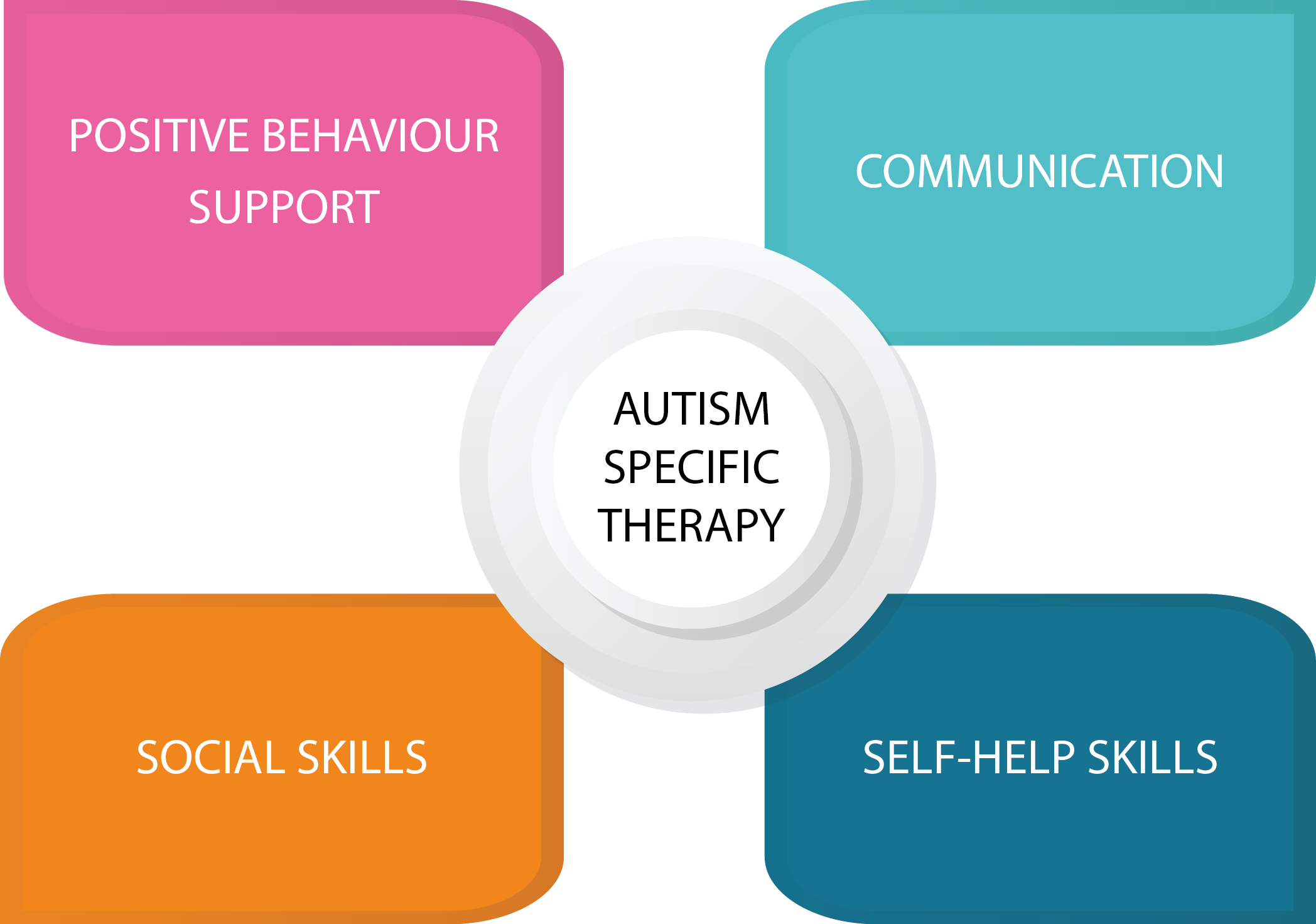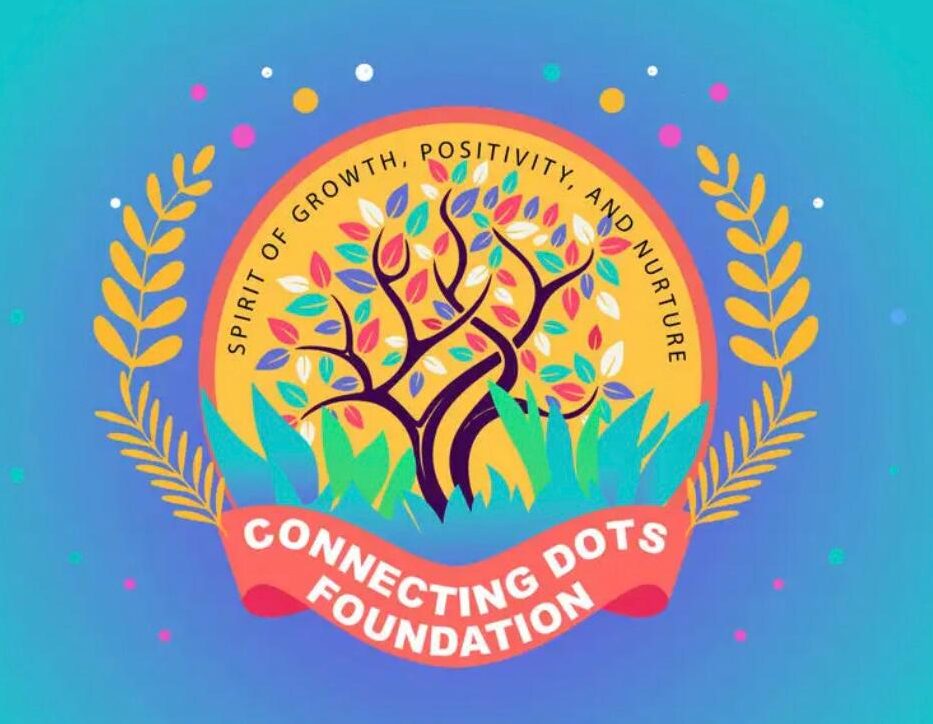
Autism vs Early Intervention
Connecting Dots Foundation provides therapeutic, early intervention services for children with autism aged two to twelve years old. Our focus is on helping children to develop essential skills so they can live their best lives, achieve their goals and participate meaningfully in the community.
WHAT IS EARLY INTERVENTION?
Early Childhood Intervention (ECI) is the process of providing specialized support and services for infants and young children with developmental delays or disabilities, and their families in order to promote development, well-being and community participation.
Early Childhood Intervention Services (ECIS) support children with a disability or developmental delay from birth to school entry and their families. ECIS provides therapy and/or education, counselling, service planning and coordination, assistance and support to access services such as kindergarten and child care.
Services are tailored to meet the individual needs of the child. Services are focused on supporting the child in their natural environments and in their everyday experiences and activities.
The overall aim of these services is to provide parents and families with the knowledge, skills and support to meet the needs of their child and to optimize the child’s development and ability to participate in family and community life. Services are provided using a family-cantered approach, recognizing the importance of working in partnership with the family.
How does the Early Intervention team work?
The Early Intervention team follows a family-cantered approach. This means that everyone who is involved with your child works together to plan and prioritise your child’s intervention. This includes:
Working in partnerships gives you choice and control about how to best support your child.
Your Early Intervention team can include:
Early Invention Team understands the importance of the input of the family into the services that children receive. Including as many members of a child’s family as possible, and their community is beneficial to positive outcomes. To learn more about the family cantered approach and the way we work with your family, please visit our key worker page.

EARLY CHILDHOOD INTERVENTION
CDF specialized Transdisciplinary Early Intervention Program teams consists of professional therapists including: Occupational Therapists, Physiotherapists, Psychologist, Speech Pathologists and Educators.
Depending on the needs of your child, family and other factors, you can choose which therapist are included in your transdisciplinary team and the frequency in which you see them.

The Role of the Occupational Therapist
The Occupational Therapists assist the team around the child (family, carers, early childhood setting and other professionals) to gain information about the child’s movement and sensory skills including:
The Occupational Therapists can then look at the impact of these abilities on the child’s:
This information and support helps teams around the child work towards the goals the family has for their child.
The Occupational Therapists also develop resources and handouts and run parent information sessions on sensory processing, toilet training, drawing, fine motor skills and self care tasks.
The Role of the Speech Pathologist
The Speech Pathologists assist the team around the child (family, careers, early childhood educators, occupational therapists, support workers and other professionals) to:
Foster a total communication approach through the use of both verbal (e.g. talking and listening) and non-verbal (e.g. facial expression, gesture, alternative and augmentative communication systems) to help children understand language and express themselves. Non-verbal support systems include using:
The Role of the Physiotherapist
The Physiotherapist assists the team around the child (family, carers, early childhood setting and other professionals) to:
Therapy programs may include games, exercises and handling techniques to:
The Role of the Educator
Apply their expertise in childhood development, play development, behaviour support and transition to school processes. Our Educators are a valuable addition to the transdisciplinary model by providing a link between your Early Childhood Intervention Team and the community.
Our Educators:
The Role of the Family Worker
Are an additional team member who can be added to your transdisciplinary model to support you as a parent or carer. You can choose for our family worker to be your Key Worker in the Transdisciplinary model.
Our Family Workers are here to work closely with CDF families to offer support, advocate for the families and provide information and referral support. They also promote social and group opportunities for families.
